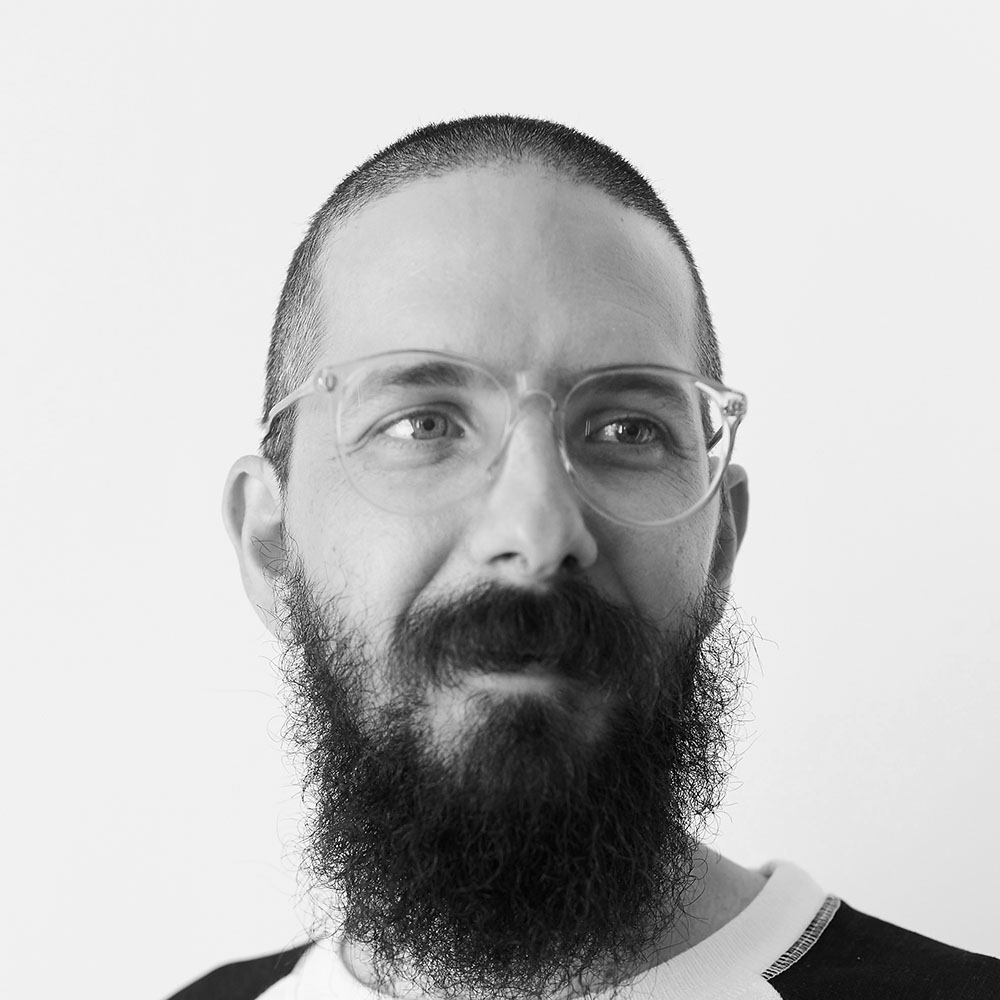
September 14, 2018
Chain Letters: Randy J. Hunt
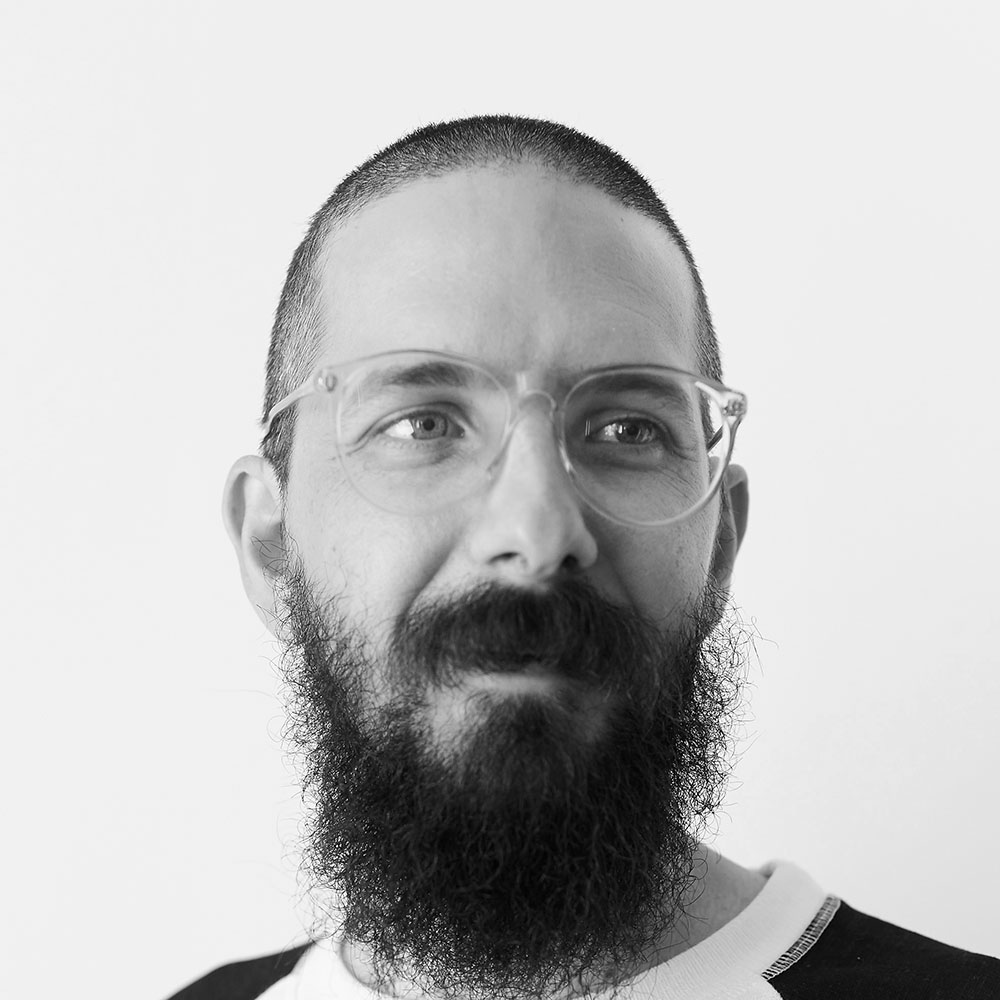
This interview is part of an ongoing Design Observer series, Chain Letters, in which we ask leading design minds a few burning questions—and so do their peers, for a year-long conversation about the state of the industry.
As we gear up to our two-day fall conference on design + business, we’re reaching out to some of our favorite guests on The Design of Business | The Business of Design podcast to discuss their thoughts on design as a management discipline.
Randy J. Hunt is Head of Design at Artsy, the best place to buy, sell, and learn about art. Previously he was Vice President of Design at Etsy. In 2014, Etsy was honored with the Cooper Hewitt National Design Award for Corporate & Institutional Achievement. Randy is the author of Product Design for the Web, which explores the evolving discipline of software product design. He also co-founded Supermarket, a curated design marketplace, founded Citizen Scholar Inc., and worked at Milton Glaser Inc.

Drawing 3 from an ongoing series.
Design and innovation have an intimate and irrefutable relationship, but it can be elusive to describe. Do you have an example of the two working in concert in your career?
I think we can make it less elusive! Here are some definitions. There are others. These are the ones I use most:
- Design is a plan, process, and output to get you from where you are to where you want to be.
- Innovation is the creation of new value. That doesn’t necessarily mean the creation of new things. It also doesn’t mean more value the same way as before.
There are examples of designs that were the spark of an innovation and there are examples of designs that added to and evolved an otherwise already innovative idea.
Over the course of the past decade, design-driven companies have outperformed the S+P 500 by 228%. Businesses started by designers have created billions of dollars of value, are raising impressive rounds of funding, and are collectively demonstrating how design plays a central role across a range of industries. If design is critical to the success of the modern business enterprise, what are the core values and best practices that support that success?
First, I think we should be cautious to celebrate raising large rounds of financing. This can be good, it can be not good. It does indicate that there’s an appreciation for things that designers have done. We should celebrate the impact of the work enabled by those investments. As a designer, though, I do like the designer-created part of these stories. If we can tell that part of the story clearly and through the big-number hype, I believe there will be long-term benefits to both the design profession and discipline, and to the audience, customers, and enterprises that participate in those designs.
The core values that underlie most successful design innovations:
- Maintaining a spirit of risk-fullness, as in, a safe-enough environment to try things without the certainty that they will work. This has been summarized as “fail fast,” but I actually think it is not about the failing, but the safe set of conditions under which you feel you can try things that might not succeed. But they also might.
- Being deeply interested in people/customers/constituents and meeting their needs or creating value for them. The short-hand for this is human-centered or customer-centered. That’s totally reasonable and expresses the intentions well, but I think it limits our thinking to only a subset of the ecosystem that customers or humans exist in. We live on a planet with finite resources and being “whole system”-centric will likely be more beneficial to those same customers and humans in the long run.
- Belief that the future you want can be imagined and created.
I think the best practices are rooted in three key areas:
- Constant learning & evolution
- Design fundamentals
- Bring others from outside the process into it for their own learning, support, and contributions.
All three of those areas can be operationalized with detailed and mundane (but awesome!) best-practices that we shouldn’t discuss here.

Drawing 7 from an ongoing series.
Management and design seemed to come from two different worlds: the world of planning and organization versus the world of creativity. Do you see design as a management discipline? How can creative leaders collaborate with executives to catalyze ideas and to mobilize teams?
Maybe they come from those worlds, but I don’t think it’s mutually exclusive. There are plenty of parts of the design process and the designer’s experience that are about organizing information, planning processes to achieve outcomes, staging up messaging to help support a project. I’ve always found some of the most interesting, challenging, and valuable work to be at the intersection of disciplines. We have “design management” as a part of the contemporary vocabulary already and it represents some of what you’re asking about. Imagine what “management design” could be.
From Grace Jun: What does the future of design education look like? While new trends and technologies develop, what are the 1-2 skills that are foundational for all future designers?
My hope is that design education of the future is increasingly inclusive. The problems and opportunities of the world aren’t likely to be solved through the lens of the one or two or maybe three models we have for thinking about design. I crave the magic when someone comes to design from a very different perspective and has existed in the world in different ways. Design education has an opportunity to influence and challenge the discipline.
As new technologies, domains of inquiry, and classes of problems emerge, I think one of the most important skills is learning how to learn. Very meta.
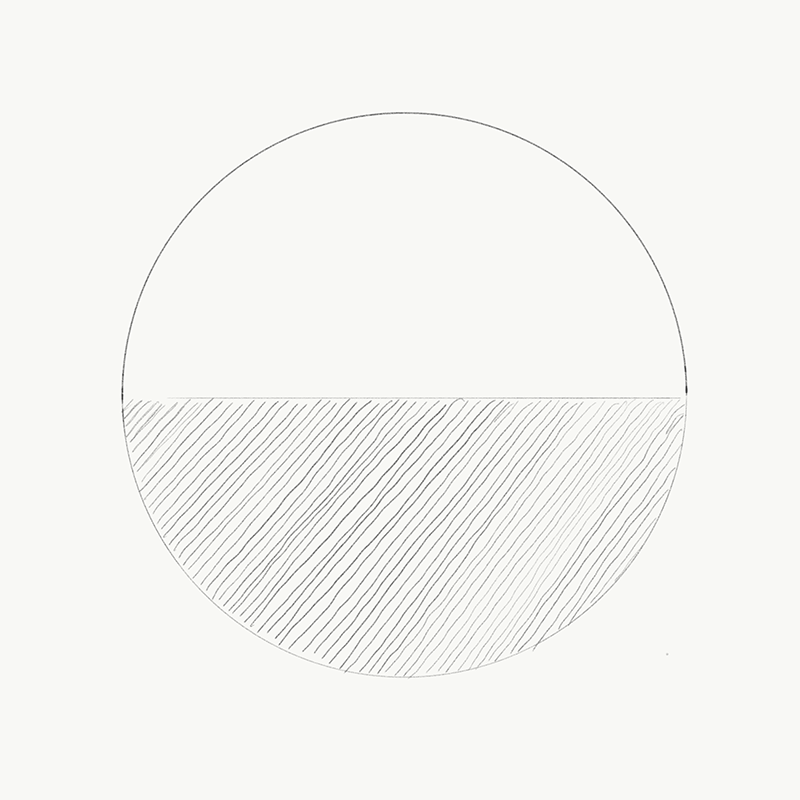
Drawing 12 from an ongoing series.
The other foundational skill I’d like to highlight: good writing. I believe we continue to under-emphasize the importance of writing in design.
Next week Randy asks Arthur Cohen: What is the topic you find endlessly fascinating—that you could “nerd out” on—but that your professional colleagues in the cultural world would find surprising or even…repulsive? How has your interest in it influenced how you look at the world or approach your professional practice?
Observed
View all
Observed
By Lilly Smith
Related Posts

Design Juice
Rachel Paese|Interviews
A quieter place: Sound designer Eddie Gandelman on composing a future that allows us to hear ourselves think
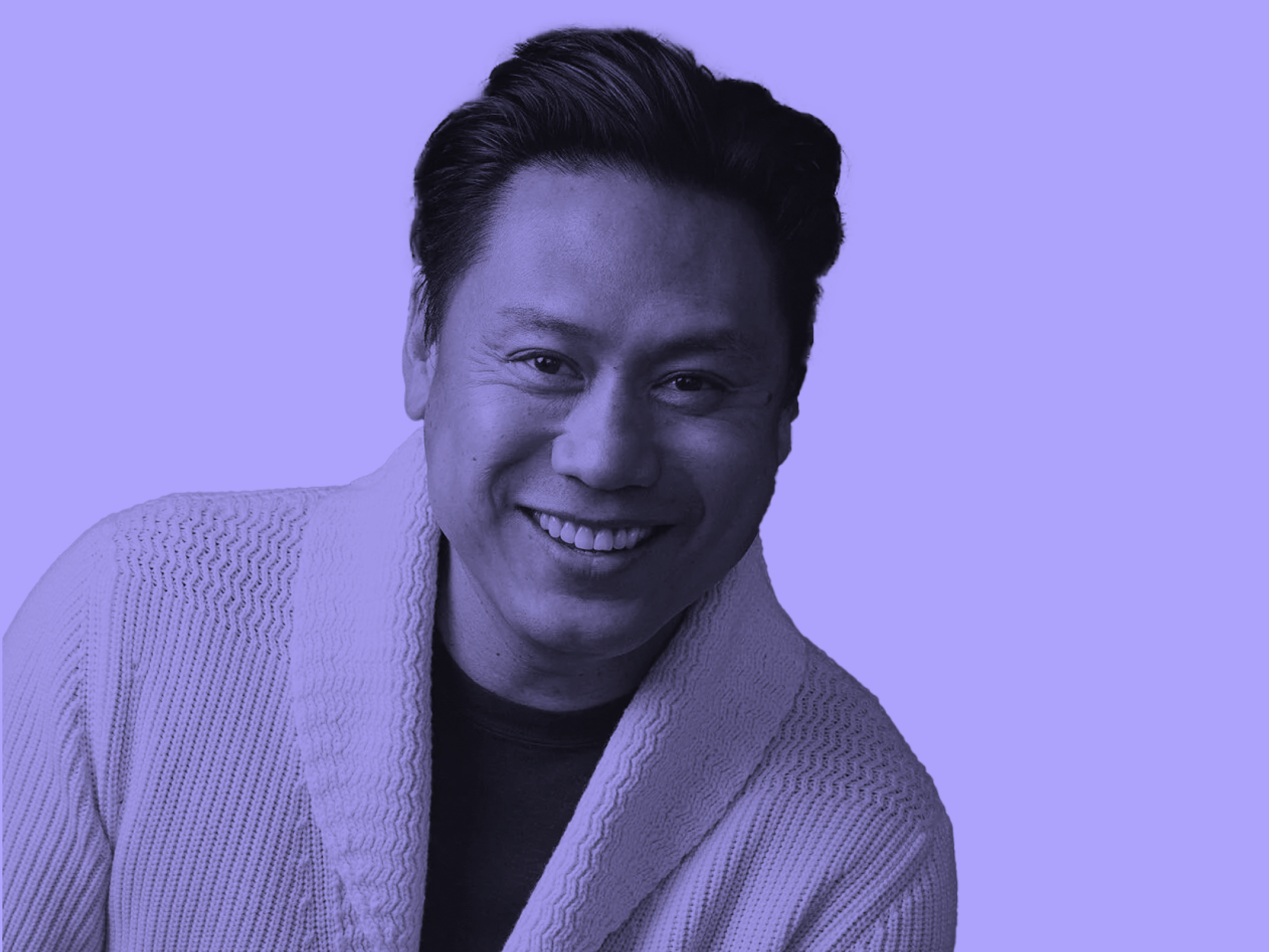
Design of Business | Business of Design
Ellen McGirt|Audio
Making Space: Jon M. Chu on Designing Your Own Path

Design Juice
Delaney Rebernik|Interviews
Runway modeler: Airport architect Sameedha Mahajan on sending ever-more people skyward
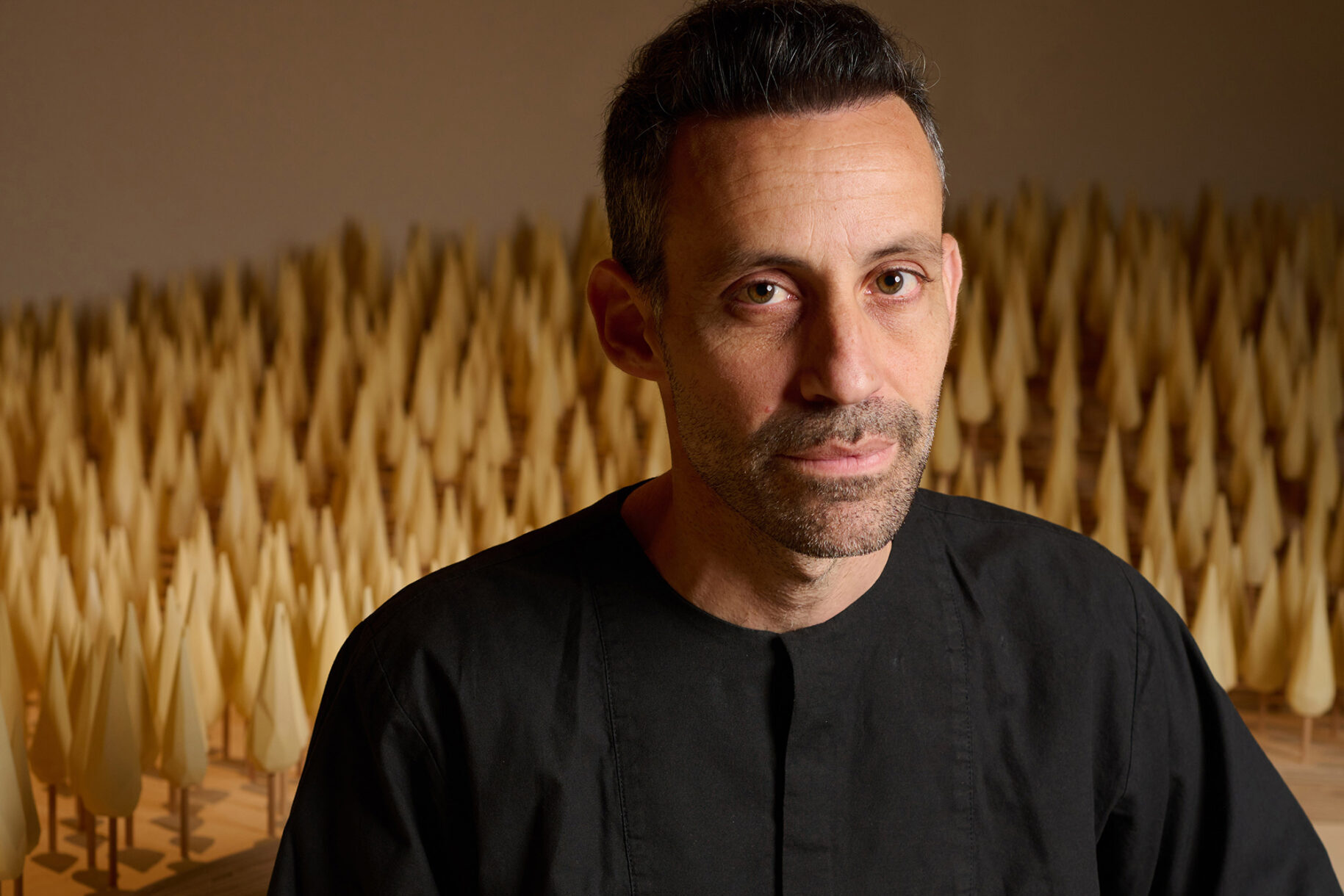
Sustainability
Delaney Rebernik|Books
Head in the boughs: ‘Designed Forests’ author Dan Handel on the interspecies influences that shape our thickety relationship with nature
Recent Posts
Compassionate Design, Career Advice and Leaving 18F with Designer Ethan Marcotte Mine the $3.1T gap: Workplace gender equity is a growth imperative in an era of uncertainty A new alphabet for a shared lived experience Love Letter to a Garden and 20 years of Design Matters with Debbie MillmanRelated Posts

Design Juice
Rachel Paese|Interviews
A quieter place: Sound designer Eddie Gandelman on composing a future that allows us to hear ourselves think

Design of Business | Business of Design
Ellen McGirt|Audio
Making Space: Jon M. Chu on Designing Your Own Path

Design Juice
Delaney Rebernik|Interviews
Runway modeler: Airport architect Sameedha Mahajan on sending ever-more people skyward

Sustainability
Delaney Rebernik|Books
